Glaucoma, what is it?
Glaucoma is an eye disease in which the normal fluid pressure inside the eyes slowly rises, leading to vision loss–or even blindness. This document is about open-angle glaucoma, the most common form of the disease.
Glaucoma is the leading cause of blindness for people over 60 years old.
What causes it?
At the front of the eye, there is a small space called the anterior chamber. Clear fluid flows in and out of the chamber to bathe and nourish nearby tissues. In glaucoma, for still unknown reasons, the fluid drains too slowly out of the eye. As the fluid builds up, the pressure inside the eye rises. Unless this pressure is controlled, it may cause damage to the optic nerve and other parts of the eye and loss of vision.
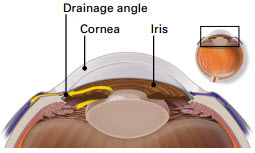
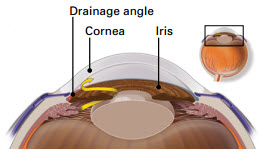
Who is most likely to get it?
Glaucoma is a leading cause of blindness in the United States. Although anyone can get glaucoma, some people are at higher risk. They include:
- African Americans over age 40
- Everyone over age 60, especially Mexican Americans
- People with a family history of glaucoma
Among African Americans, studies show that glaucoma is:
- Five times more likely to occur in Blacks than in Whites
- About four times more likely to cause blindness in Blacks than in Whites
- Fifteen times more likely to cause blindness in Blacks between the ages of 45-64 than in Whites of the same age group
Here at Crandall Eye, we have been finding a large number of our patients having Normal Tension Glaucoma. This special type of Glaucoma shows normal pressures, but damage to the optic nerve. We’re studying whether this is due to being undiagnosed in the Southeast Georgia population or other environmental factors.
What are the symptoms?
At first, there are no symptoms. Vision stays normal, and there is no pain.
However, as the disease progresses, a person with glaucoma may notice his or her side vision gradually failing. That is, objects in front may still be seen clearly, but objects to the side may be missed. As the disease worsens, the field of vision narrows and blindness results.
How is it detected?
Many people may know of the “air puff” test or other tests used to measure eye pressure in an eye examination. But, this test alone cannot detect glaucoma. Glaucoma is found most often during an eye examination through dilated pupils. This means drops are put into the eyes during the exam to enlarge the pupils. This allows the eye care professional to see more of the inside of the eye to check for signs of glaucoma.
How can it be treated?
Although open-angle glaucoma cannot be cured, it can usually be controlled. The most common treatments are:
Medications: These may be either in the form of eye drops or pills. Some drugs are designed to reduce pressure by slowing the flow of fluid into the eye. Others help to improve fluid drainage.
For most people with glaucoma, regular use of medications will control the increased fluid pressure. But, these drugs may stop working over time. Or, they may cause side effects. If a problem occurs, the eye care professional may select other drugs, change the dose, or suggest other ways to deal with the problem.
Laser surgery: During laser surgery, a strong beam of light is focused on the part of the anterior chamber where the fluid leaves the eye. This results in a series of small changes, which makes it easier for fluid to exit the eye. Over time, the effect of laser surgery may wear off. Patients who have this form of surgery may need to keep taking glaucoma drugs.
Surgery: Surgery can also help fluid escape from the eye and thereby reduce the pressure. However, surgery is usually reserved for patients whose pressure cannot be controlled with eye drops, pills, or laser surgery. We now also provide the iStent procedure. This tiny device can be implanted during your cataract surgery and may reduce the need for drops while lowering your eye pressures.
What research is being done?
A large amount of research is being done in the U.S. to learn what causes glaucoma and to improve its diagnosis and treatment. For instance, the National Eye Institute (NEI) is funding a number of studies to find out what causes fluid pressure to increase in the eye. By learning more about this process, doctors may be able to find the exact cause of the disease and learn better how to prevent and treat it. The NEI also supports clinical trials of new drugs and surgical techniques that show promise against glaucoma.
What can you do to protect your vision?
Studies have shown that the early detection and treatment of glaucoma before it causes major vision loss, is the best way to control the disease. So, if you fall into one of the high-risk groups for the disease, make sure to have your eyes examined through dilated pupils every two years by an eye care professional.
Eye disease can occur at any age. Many eye diseases do not cause symptoms until damage has occurred. Since most blindness is preventable if diagnosed and treated early, regular medical examinations by an ophthalmologist are very important.
Contact us at Crandall Eye to schedule your appointment to ensure your eye health!

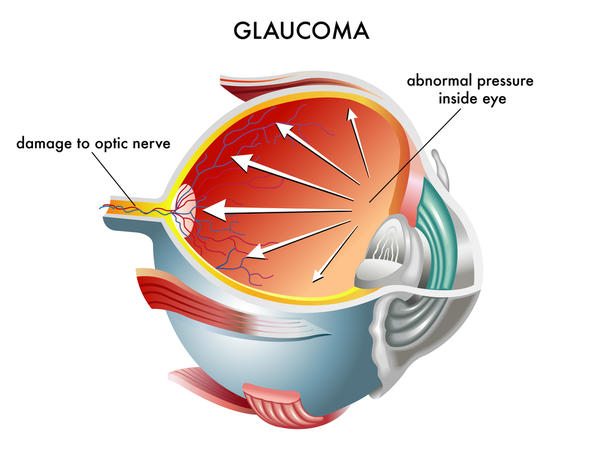
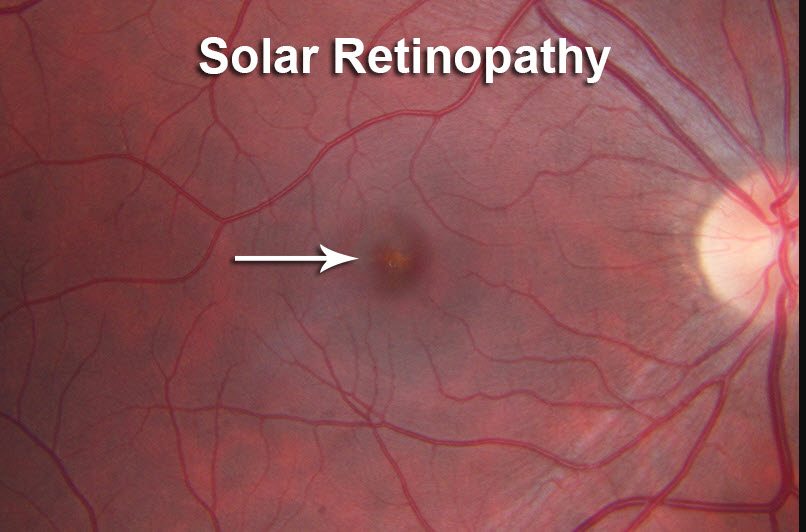
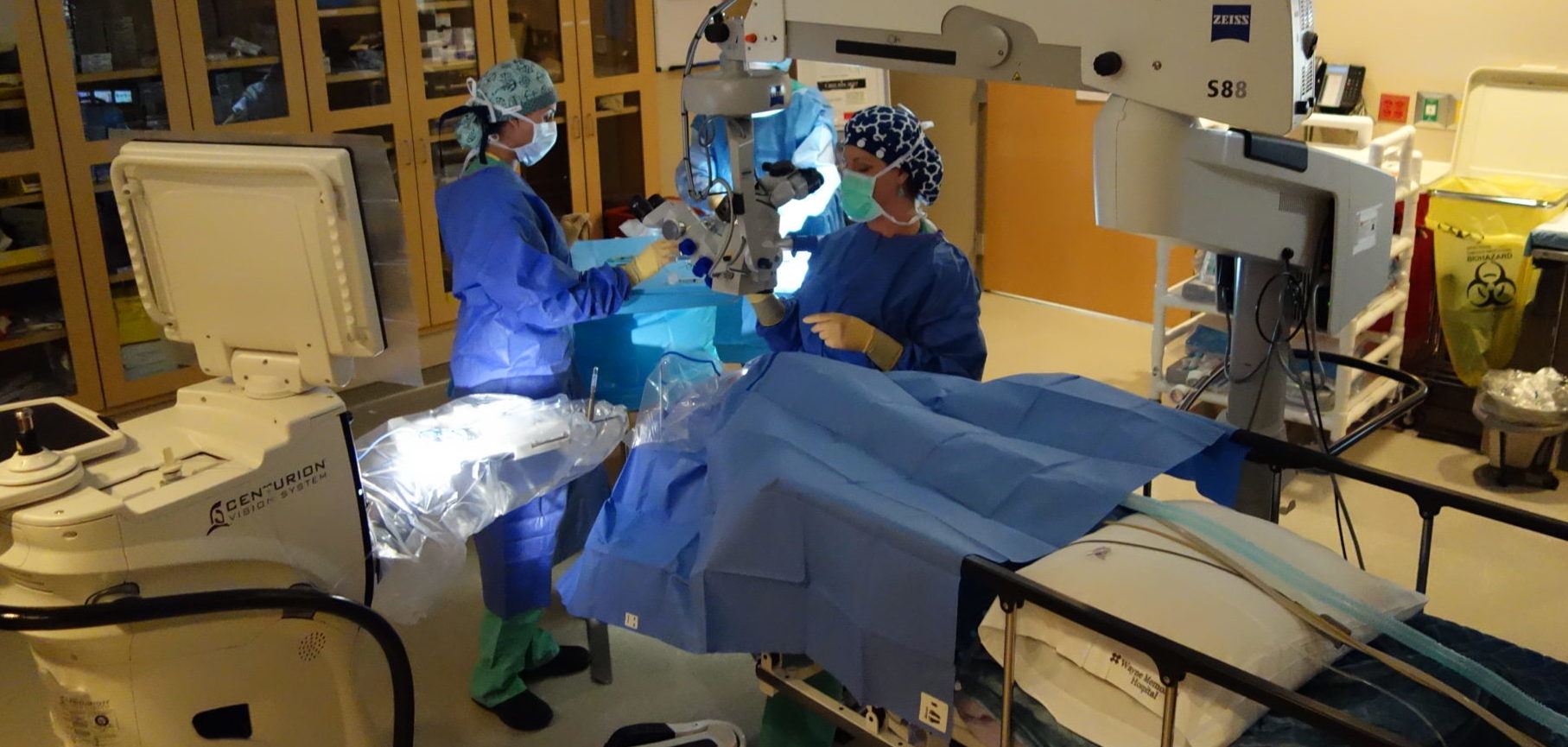
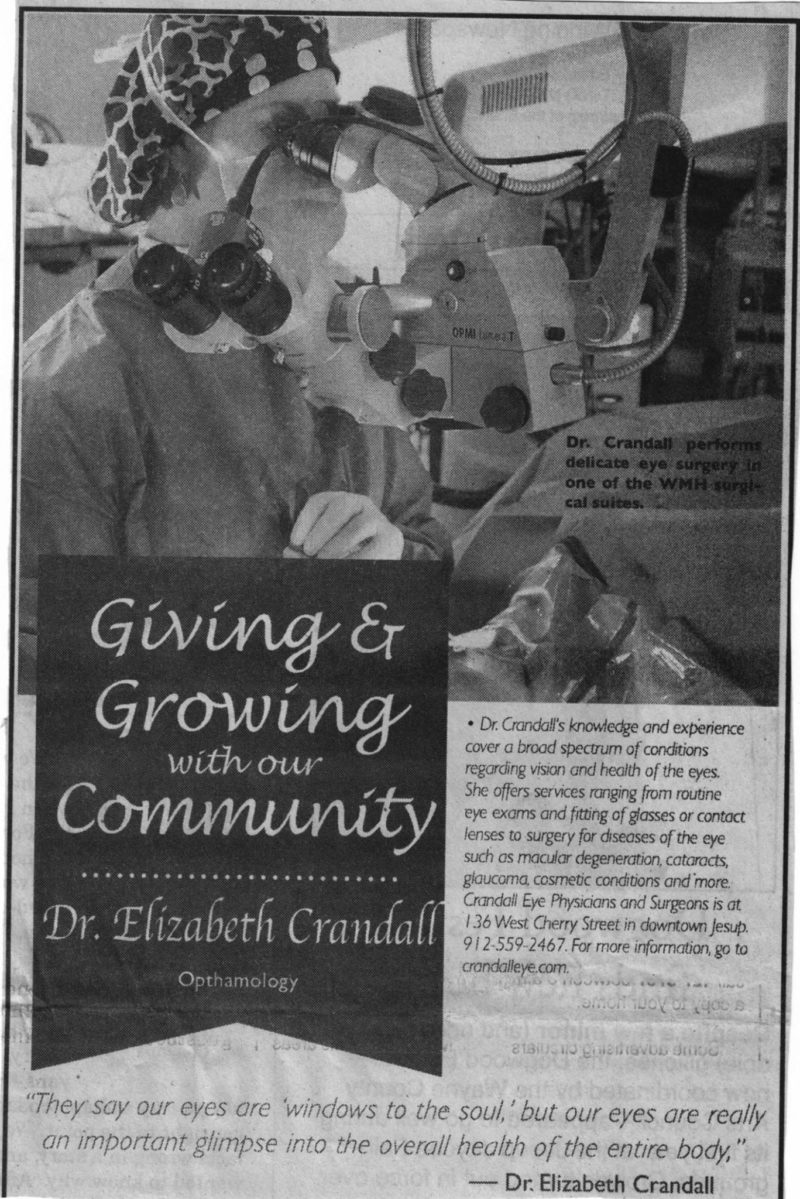
Thanks, Dr. Crandall for such a good article on glaucoma. I’m still doing good on my eye exams with only a few vision areas missed on my field test recently which was the common areas for my age group. My eye pressures have been in the mid-teens, which is good, too. I take my eye drops every night, no fail, ever since 2012 when it was suspected.
See you all soon!
Teena.